Blighting up your day…
Dragon Age, more so than Mass Effect, has had a cast of characters that have truly been memorable to me in ways that go beyond just looking cool or having some standout moments. Instead, these companions have been emotional touchstones when I reflect back on my adventures across Thedas. Dragon Age is also a franchise that has evolved with each new entry, changing and morphing away from its tactical roots and into what I’ve always wanted it to be, an action RPG. While its reception has been decisive, Dragon Age: Veilgaurd is nonetheless phenomenal, breathtaking, stunning, and yet tragically heartbreaking. It’s also given me the most emotional satisfaction from the series yet, an installment I will remember for years to come.
Each adventure within Dragon Age has been told alongside a fresh new protagonist. Dragon Age: Origins outfitted you as the Grey Warden, with Dragon Age 2 placing you in the role of Hawke. Inquisition would bestow the title of Inquisitor to your custom character, whereas here, you’ll start off as Rook, a newcomer to the series and eventual hero to all of Thedas. Dragon Age: The Veilgaurd provides an extremely well-put-together character creator with some incredible-looking hair and enough tools that you can literally make anyone. While Capcom may still have the best out there with Dragon’s Dogma II and Monster Hunter Wilds, Dragon Age: The Veilguard’s is certainly fantastic to use.
Depending on your choices throughout the series, you’ll have a good idea about where the Grey Warden and Hawke reside, and while the Inquisitor is present across a few moments in Veilgaurd, (you’ll actually create them during the character creation process) this is still very much Rook’s story and ultimately, one where they will have to live or die with the consequences of their and your actions.
What has made Dragon Age more memorable to me than anything else Bioware has developed has been down to its cast of characters that surround you, companions that will stand alongside your choices, or possibly leave your group, as you take them into the depths of hell. While Dragon Age: The Veilguard doesn’t have my favorite cast of characters this series has introduced, it has a few that will stand alongside my favorites in Merrill, Sera, Isabella, and of course, Morrigan. Taash and Bellara are incredibly well handled with arcs that really felt weighted with a masterful touch of emotion and narrative. Neve may not have the most engaging arc of the bunch, but her involvement in shaping my Rook also presents her a seat at the table; that and her voice performance is top tier.
While I certainly came to enjoy many of the personal arcs each member of the cast preserved through, not all of them are winners and frankly, there are a few that I just wasn’t invested in or found their designs to really work for me. Harding was a character I wasn’t attached to in Inquisition, so despite them giving her an arc that ties into the deeper lore of the series, I felt she was there to be a safe addition rather than one to really stir the pot. Emmerich Volkarin, a necromancer of the Mourn Watch may have a compelling end to his questline, but the Vincent Price aesthetic here is tired and boring, with his emotional range being as dead as the bodies that lay atop the slab.
The central cast of characters that join you consists of seven companions from all walks of life. Bellara, an elf Veil Jumper is one of the first to come your way once you begin to dive deeper into the world around you. She is an expert of Eluvian mirrors and all things magic. Neve, a Tevinter mage joins you right from the jump, offering her skills as a guide as you attempt to stop Solas from completing his ritual. Soon, you’ll meet Davrin, a Grey Warden who has a pet Gryphon named Assan, Emmerich, the necromancer I just previously mentioned, as well as Harding and Taash, whom the latter is a Qunari warrior who is an expert in all things dragons. The final member of the team is Lucanis, an Antivan Crow assassin who is certainly interesting, especially when you understand what haunts him.
Each member of the cast has their own involving storyline that, in most cases, ties into the grander story at play. As you attempt to challenge the might of two elven gods, their power will reach across each faction that your companions belong to or are at war with. This cements their desire to join you and see this evil stopped as the pair of gods begin to flood the lands of Thedas in Blight, a black sickness that poisons the land. While many of your teammates join as a result of simply “building a team”, there is more here that runs parallel to what was so good about Mass Effect 2 and that's all I'll say.
With making your team out of pillars of certain factions, the story looks to involve those very factions as forces that will aid you in the coming battle. Side quests and various objectives will earn you favor as well as shops that can be upgraded across each faction to offer you new weapons, cosmetics, as well as a theme to decorate the hub location in the Lighthouse. These factions are full of interesting side characters with stories and quests of their own, even if one particular arc is far too easy to guess how it ends. These characters occupy their own locations and often find their way into the central stories in ways that feel earned and warranted.
As always, Dragon Age offers you the choice to engage with its content or leave it to the wayside. This will change certain events, and lead to the deaths of certain characters, or the factions ignoring you when the time comes to stand against these evil forces. As Dragon Age features a few different endings to wrap it all up, who is there to stand alongside you will always be the result of your choices and how you engage in the content. Make no mistake, BioWare doesn't hold back their punches here when it comes to some of the choices and sacrifices you’ll have to make.
That said, how you engage and when you engage will also factor into the pacing of the journey. You can select when you want to take on certain quests, and in one particular case, a character actually notices that you took forever to get back to them. This can cause either Act 1 or Act 2 to be heavy or light with objectives, with some engaging moments tied to the when’s and where’s as you find the time. Each outing also presents new conversations and quests when you return to the Lighthouse, a safe haven from the gods and a location to offer respite from the journey. I also love that there are clear indicators of what each companion wants from you, ensuring you never miss a moment or quest that may further develop them and their relationship to you. While some of these are timed conversations, several are part of their arc and provide fairly engaging stories.
As always, romance is in the air and no one here is off the table. Rook, who can be as gender fluid as you wish, can romance any character. My playthrough saw me make a female elven ranger who began to fancy Taash as they attempted to not just figure out who they are, but also how to navigate a relationship that is fresh and new to them. I would flirt with the likes of Bellara and Neve, but it was Taash’s emotional moments and arc that sold me on wanting Rook to end up with them.
Rook’s arc is largely about finding the reigns of leadership and having to deal with Solas, a character who is so ingrained into Dragon Age lore that it’s no wonder that the original title of the game was Dragon Age: Dreadwolf until the team opted to change the title due to the influence of what the Veilguard means to the story. Regardless, after an attempt to stop Solas from enacting his plan, Rook and Solas are linked in ways that often result in Solas assisting in his own way which only begs the question as to why he would help in the first place. While this arc has some interesting moments, Dragon Age: Veilguard might have one of my favorite twists in a game that I honestly didn’t see coming. In fact, once the gaming rush slows down, I'll be starting a second playthrough to see the breadcrumb trail.
While Solas can certainly take a backseat to the elven gods due to their importance and threat, I still am quite impressed with how the team used Solas, making him complex and unpredictable, yet keeping him in line with what fans love and hate about him. Even when he is not present, his shadow looms large, involving him in nearly every single plot point that awaits you. When it comes to the elven gods, they can be largely one-note and just evil for evil’s sake, with ultimately disappointing boss battles that made their entire arc somewhat frustrating. They generally suffer that same issue of making the villain insanely powerful, showcasing that threat, and then just making them health bar fodder with no regard to keeping them threatening.
If I had to critique the use of Rook, it would be that you generally can only play Rook as the standard hero instead of embracing any sort of darker tones. It can cause the story to feel rigid and less open-ended as the series can often be. I don’t think it’s a justified negative, but I can see where some fans may have wanted more flexibility from Rook and the ability to really change the dynamic of Rook’s purpose and tone across the story. While you can certainly make certain decisions that provide new dialogue and present Rook as being rather dickish, there isn’t a Paragon/Renegade situation here to really cause chaos.
Much has been said about the writing with more intent around discussing the actual dialogue. It's been stated it is “cringy”, “woke” and “laughably bad”. Honestly, I don't see any of that here and chalk it up to people coming up with excuses other than just saying they don't jive with it. While I won't defend every word or conversation, because that would be lunacy, I never had an issue with anything presented here. The story was engaging, the characters were largely well-handled with unique personalities that felt expressed across the moment to moment encounters and what they needed to be during those moments. I found this very true with Bellara, who I feel was the best written character down to her being unique and unsure of herself. It led to some fantastic moments regarding her arc and what her brother meant to her.
Across Thedas, you'll travel to a few key locations that are largely focused on the different factions you’ll encounter. From Dock Town to the Arlathan Forest, you’ll meet a host of interesting characters, creatures, and even dragons, especially when you visit the Rivain Coast. Each location has a fairly sizable map to explore, but one that feels well suited to hiding secrets and various discoveries that constantly increase in variety as you gather more members of the team who have special skills that grant you passage. And while the game could force you into making certain pairings to bring with you, in order to use their skills, a special knife that Rook wields allows them to mimic those skills and allows you to traverse locations without the proper character being present. While I appreciate this concept, it does allow certain characters to be cast aside inside of feeling important or needed.
Between missions, as mentioned previously, you'll return to the Lighthouse. A haven located in the Fade and once a home to Solas. Here, you'll converse with your team, search for secrets, and even decorate your own room, even if the tools and features are barely there. You'll also be able to upgrade your gear as you level up the shop and unlock more capabilities to refine your equipment. You'll be able to glance at the map at any time and see if any of your companions have something to say, a mission, or maybe further your romance with them. Given the lack of a true open world, this place operates like the Tower in Destiny, allowing you to pick a mission and then instantly start out on it. While Dragon Age: The Veilgaurd initially started out with some sort of co-op in mind, this setup seems tied to that initial idea, even if co-op was entirely scrapped.
Differing from Inquisition, The Veilguard may have some large environments to explore, but open world this game is not. Instead, you'll use Eluvian Mirrors to travel to and fro. As Solas was able to travel between Thedas extremely quickly, you'll borrow some of that access in the form of the Crossroads. This land acts as a hub destination as you'll use the Eluvian mirrors to travel from place to place. However, Dragon Age: The Veilguard has several shortcuts to saving you time. You can fast travel to countless locations without even relying on this hub world. Each environment is also host to several off the beaten path secrets that hold a variety of chests that contain loot that you'll want to track down. Most of these secrets are locked behind character abilities as I mentioned before. From Belara’s ability to fix specialized crystal keys to relying on Davrin’s precious Gryphon, Assan.
What I do like about the Crossroads is that as the story progresses, you'll expand out and explore more of this location. This comes down to tracking down dangerous foes whose deaths will unlock new portions of the map. This is in combination of using special crystal keys to activate and move around lasers to then open doors or adjust platforms to scale new areas. I always felt that each venture into these areas, as well as the various other places you'll visit, presented a lot of new ground to pursue as you continue to push through the story. Even as I was wrapping up the narrative, I still would encounter new chests, new bits of lore, and more unique conversations among my team.
Combat carries over the more action-orientated appeal of Inquisition as opposed to the tactical nature of Origins. Ever since Dragon Age 2, the series has shifted to be more of a hack and slash action-RPG than anything else, leaving the likes of Greedfall and its upcoming sequel to follow in those tactical footsteps. Dragon Age: The Veilgaurd has you choosing two teammates to bring with you, each occupying a left or right positioning in the ability menu. Holding RB pauses gameplay and allows you to choose your companion’s skills. This comes in handy as some abilities can set up powerful combinations with other skills, making you adjust your team and skills to accommodate. For example, If Belara uses Enfeebling Shot, I can detonate it with Taash’s Dragonfire Strike. Each ability can cause certain status effects such as Weakened, Sundered, or Overwhelmed.
While you can pause gameplay if you like, you can also simply press LT and provide those same commands on the go. This allows both options to be present and it works extremely well, when you work through each companion’s skill trees and tailor them to your needs. Ensuring you have a team whose talents complement each other is key to pulling off some massive damage. That, and having a class that compliments your team. Rook can choose from Mage, Rogue, and Warrior, granting you weapon choices, abilities, and different stats to benefit your playstyle. My playthrough was as a Rogue, relying on my bow and a pair of short or long swords. Each class then has further specializations. For my Rogue, I opted for the Veil Ranger to benefit my bow as the Saboteur and Duelist didn’t fit with what I wanted from them. The mage, for example, can choose from the Death Caller, Spellblade, or the Evoker specializations, with the latter using elemental attacks. The warrior rounds out the trio with Champion, Reaper, and Slayer, with the Reaper using night blades to steal health from your foe.
While combat is one thing, looking the part and having the right equipment is another. While you'll occasionally unlock new outfits for your team, mostly through their companion quests, Rook will be a fashionista of their own. Dragon Age: The Veilguard has a ton of outfits and gear for Rook that allows you to use costume slot, should you want the stats but hate the look. Gear can be upgraded to reach higher tiers with the typical color economy of what's good, outdated, and just plain bad. I will say that some of the outfits are pretty incredible while a good amount here is not up my alley. Rook can wear one outfit for the Lighthouse, while another will be present for combat.
Dragon Age: The Veilguard certainly has the visual chops to be a remarkably striking game. Embracing a more stylized and somewhat cartoony style, I could see why some players are unsure or apprehensive about the change. That said, while I do quite enjoy it as it allows the monster variety to differ more than what a more realistic approach would entail, I don't feel it commits to it as much as it could. This is felt in the slightly lower quality facial detail and lip-syncing not holding up as well. Fortnite popularized this style and was fully committed to it, allowing for a great amount of detail and animation. While the core animations are great here, I wish the majority of the faces looked more than just a highly detailed action figure.
While its cast varies in quality, the environments, menus, effects, and use of magic are phenomenal here. When spells clash, when you are unleashing hell, this game soars. The towns, cities, and countryside all benefit from a more handcrafted approach than an empty open world that lacks a certain charm. From the Rivain Coast, to the hustle and bustle of Minrathous, I really appreciate what BioWare has done here to differentiate Dragon Age from other games of its ilk. Photo-realistic games can age poorly, but stylized games can often benefit from a look that remains timeless.
Dragon Age: The Veilguard is very much destined to be a decisive experience due to its more action-orientated combat, its cast of characters, visual style, and its writing. While I don't agree with every choice made here, and a few less than impressive character arcs, as well as the lacking presence of its elven gods in its story, Dragon Age: The Veilguard gave me everything else I wanted from it. It's action-packed and visually pleasing, and its use of Solas is extremely well-crafted and more than kept me entertained. Dragon Age was always going to be a challenge to remain relevant and a crowd-pleaser after a decade away, but ultimately, I loved it and it's one of the best games this year.
Developer - Bioware.
Publisher - EA. Released - October 31st, 2024. Available On - PS5, Xbox Series X/S, PC. Rated - (M) - Blood, Nudity, Sexual Themes, Strong Language, Violence. Platform Reviewed - Xbox Series X/S. Review Access - Dragon Age: The Veilguard was purchased by the reviewer.


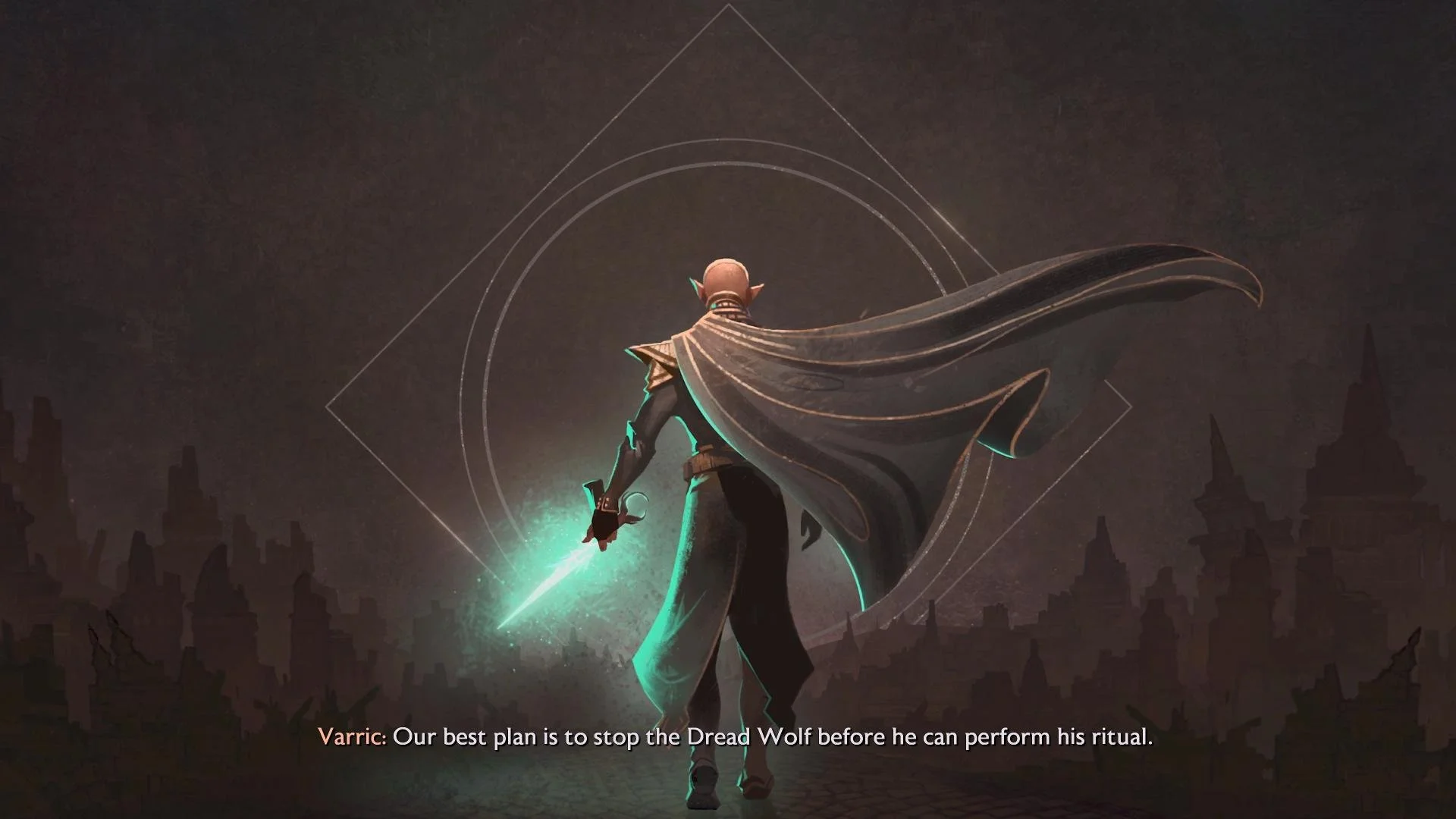

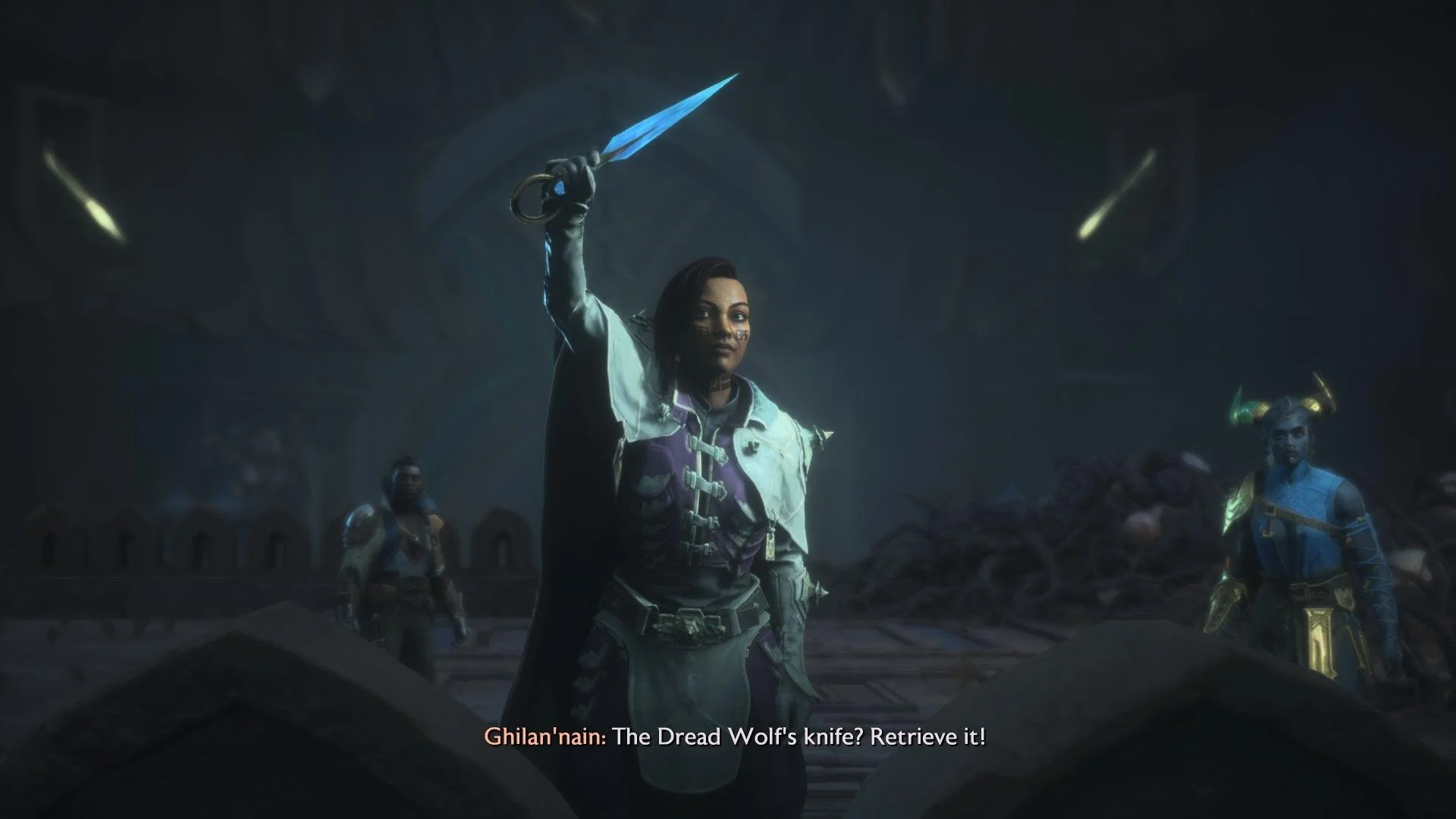
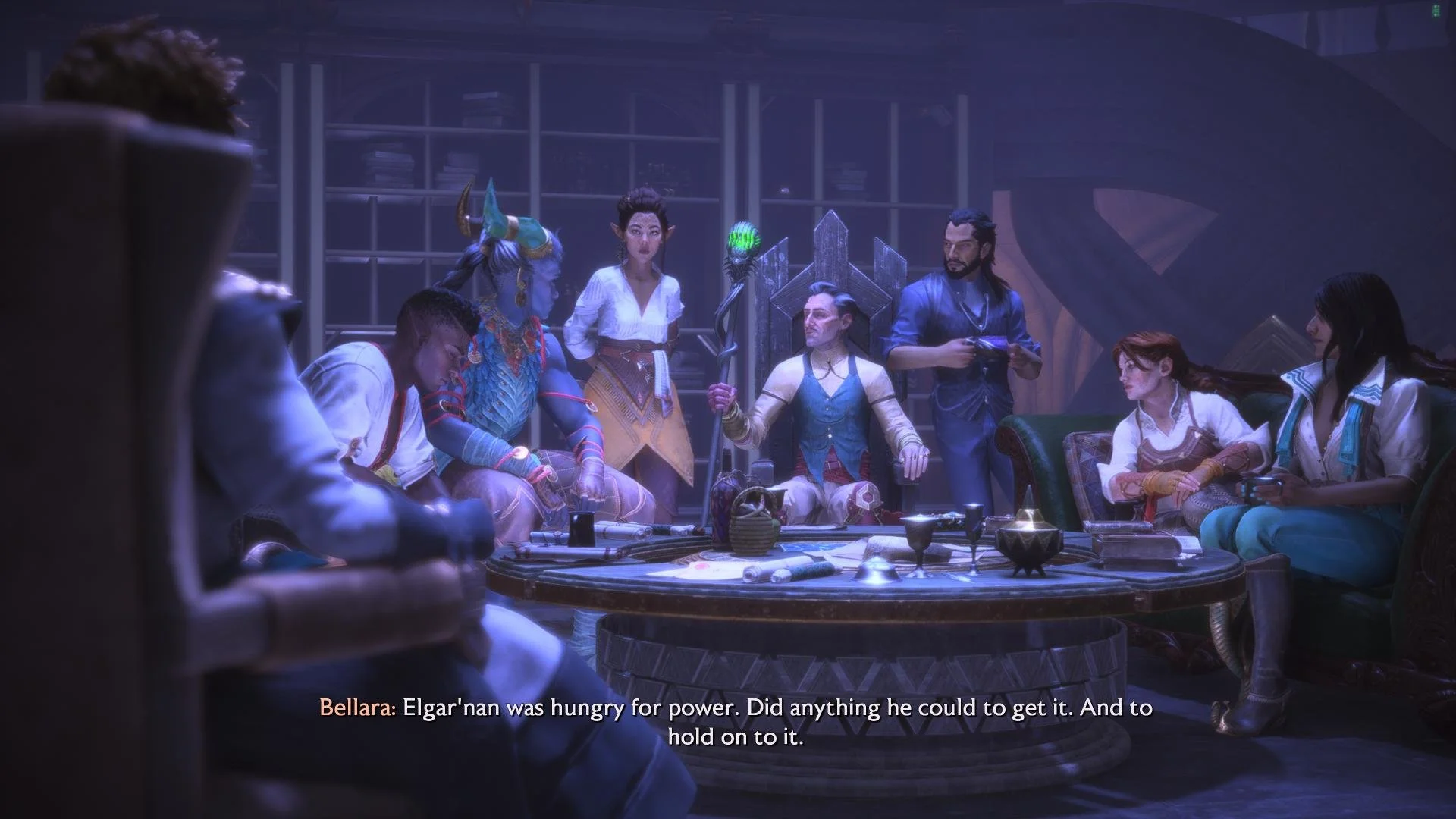
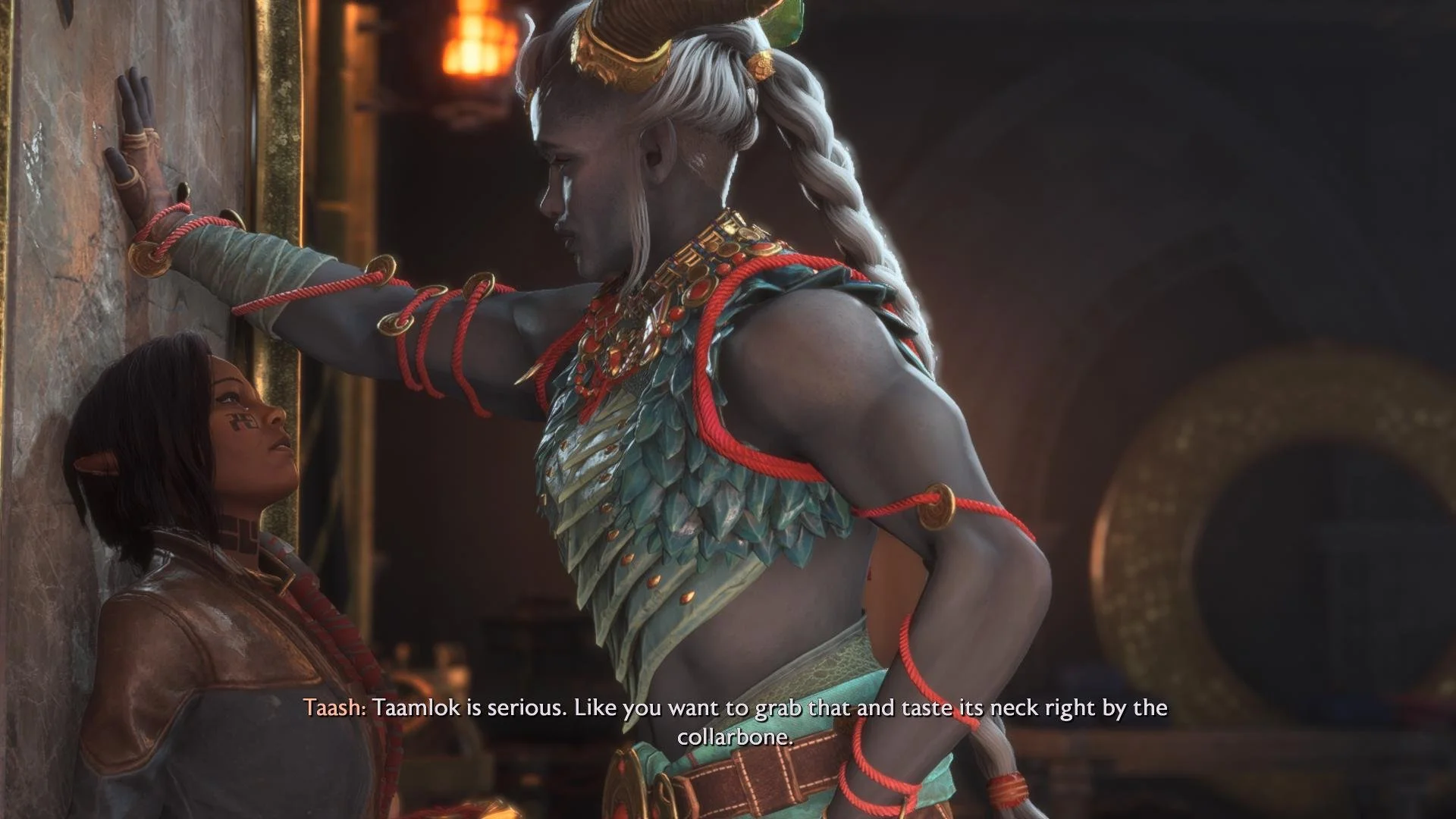
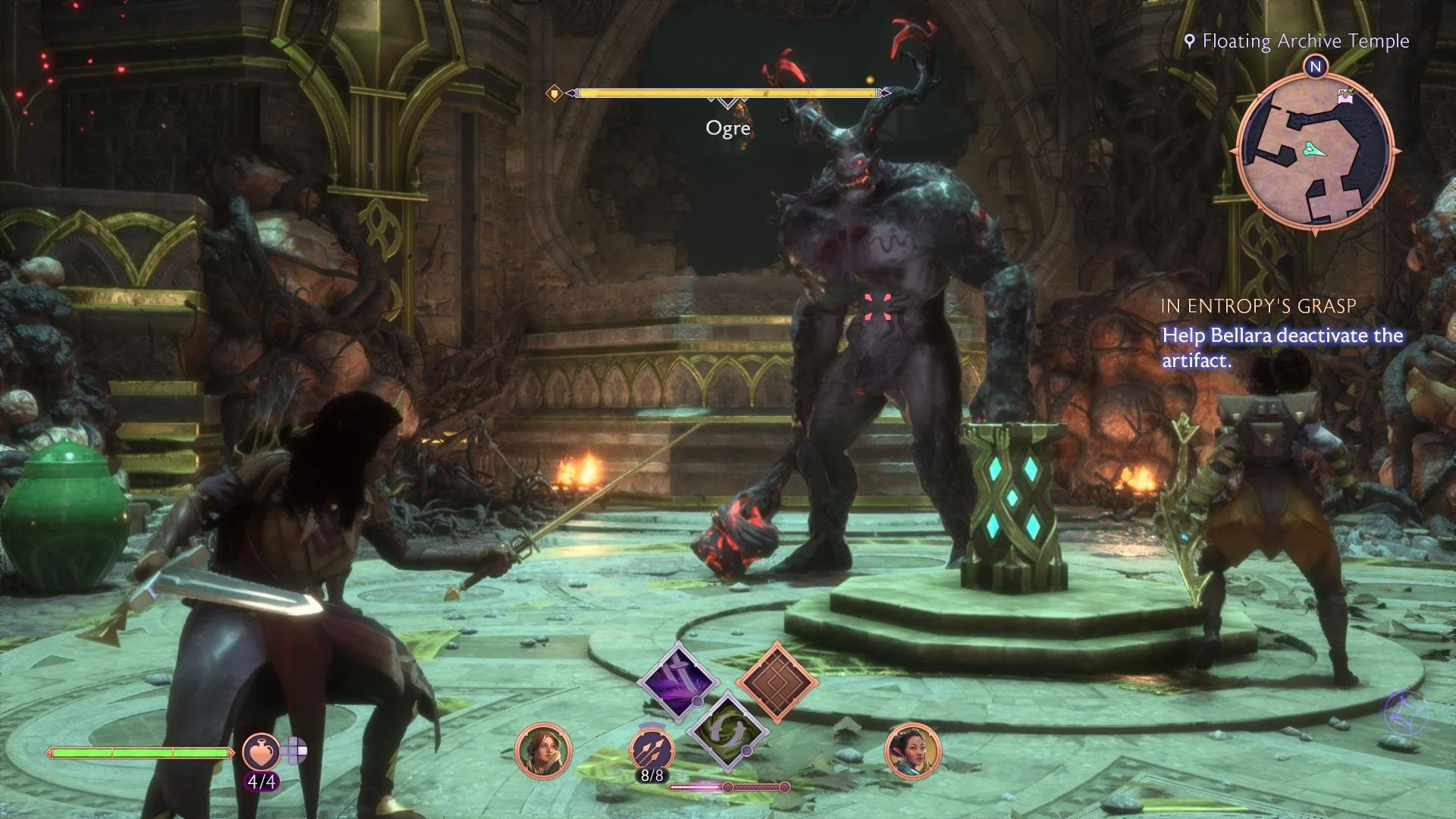
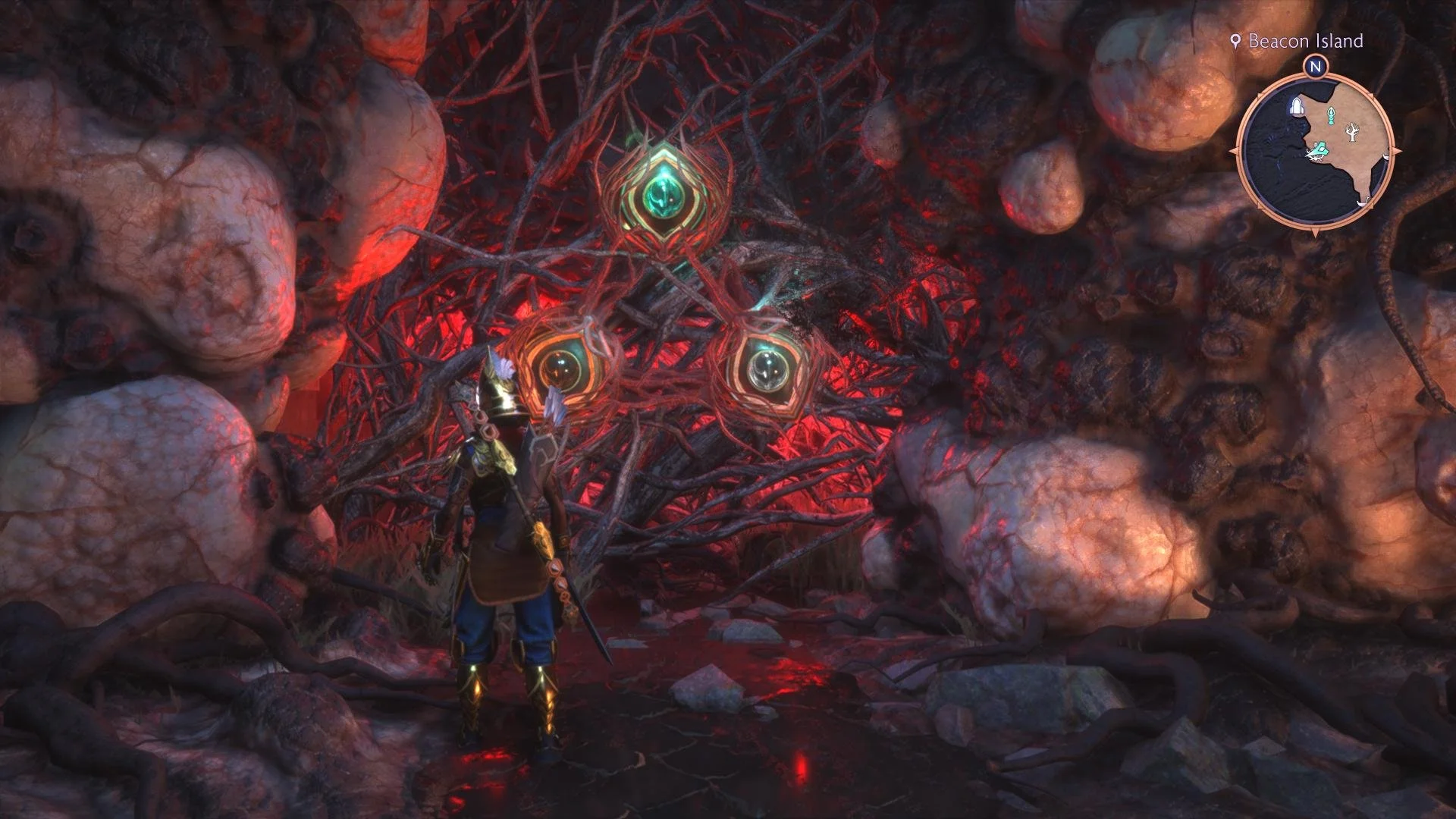

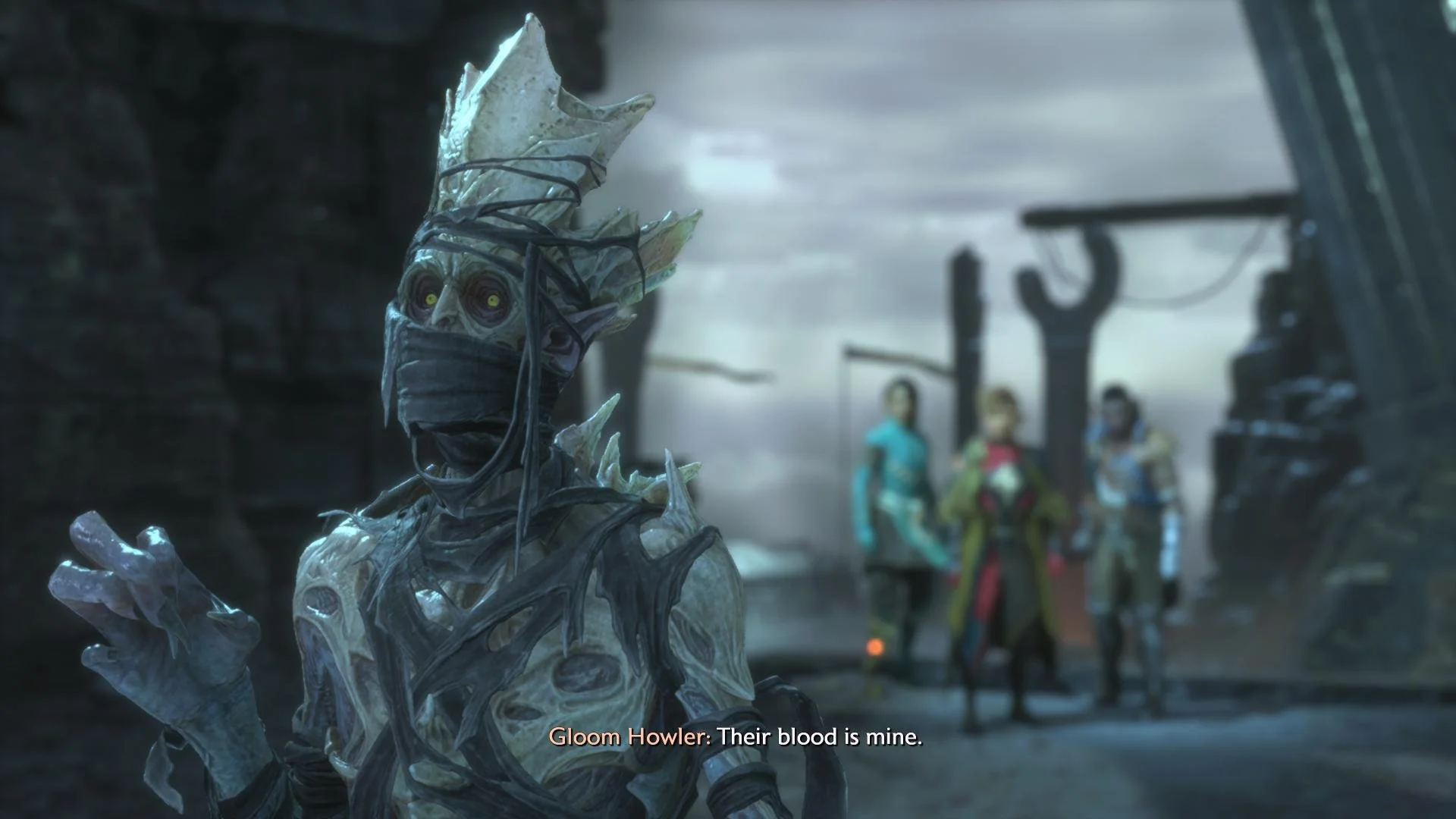










Jeff is the original founder of Analog Stick Gaming. His favorite games include The Witcher III, the Mass Effect Trilogy, Hi-Fi Rush, Stellar Blade, Hellbade: Senua’s Sacrifice, and the Legend of Heroes series, especially Trails of Cold Steel III & IV.